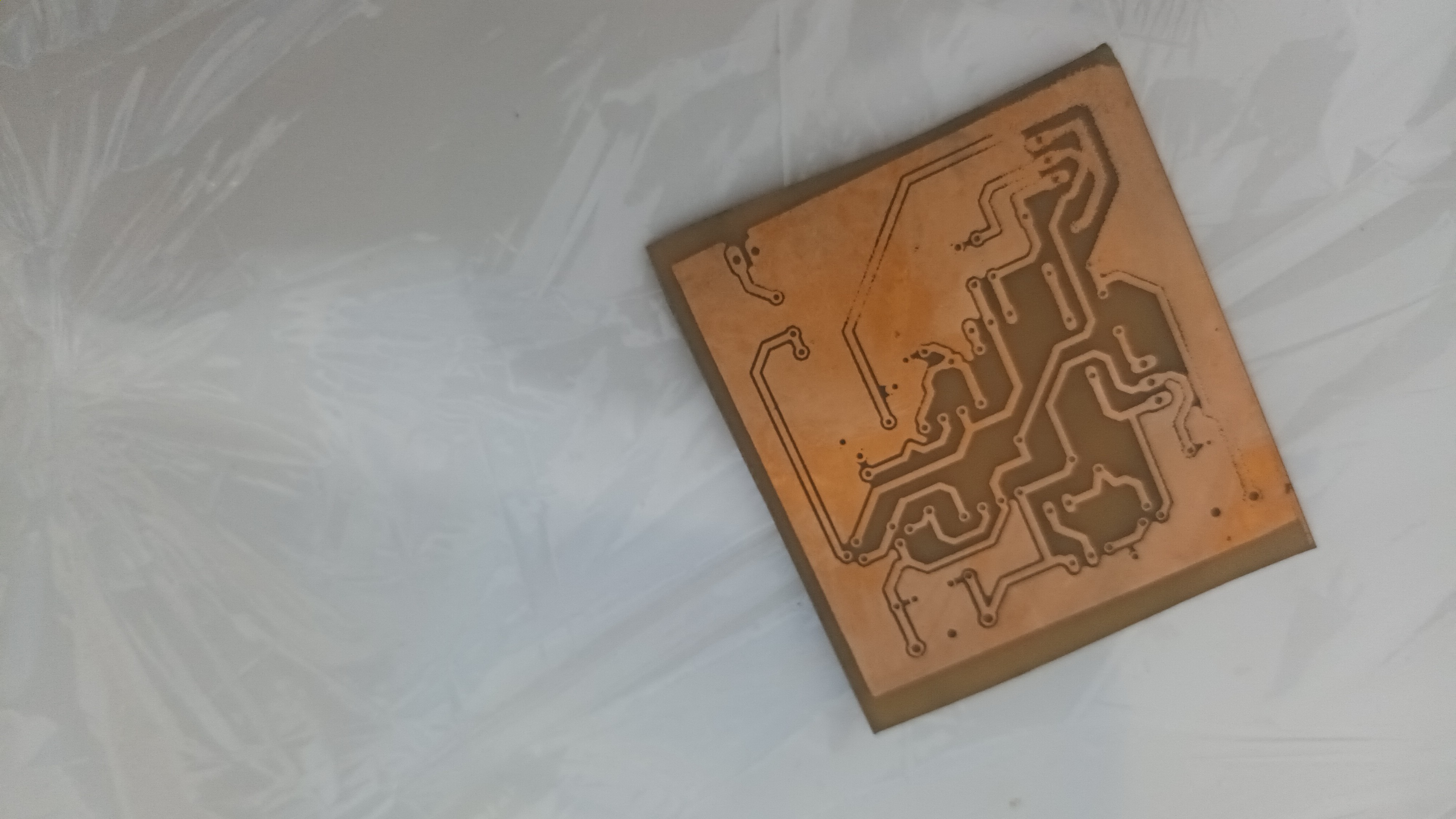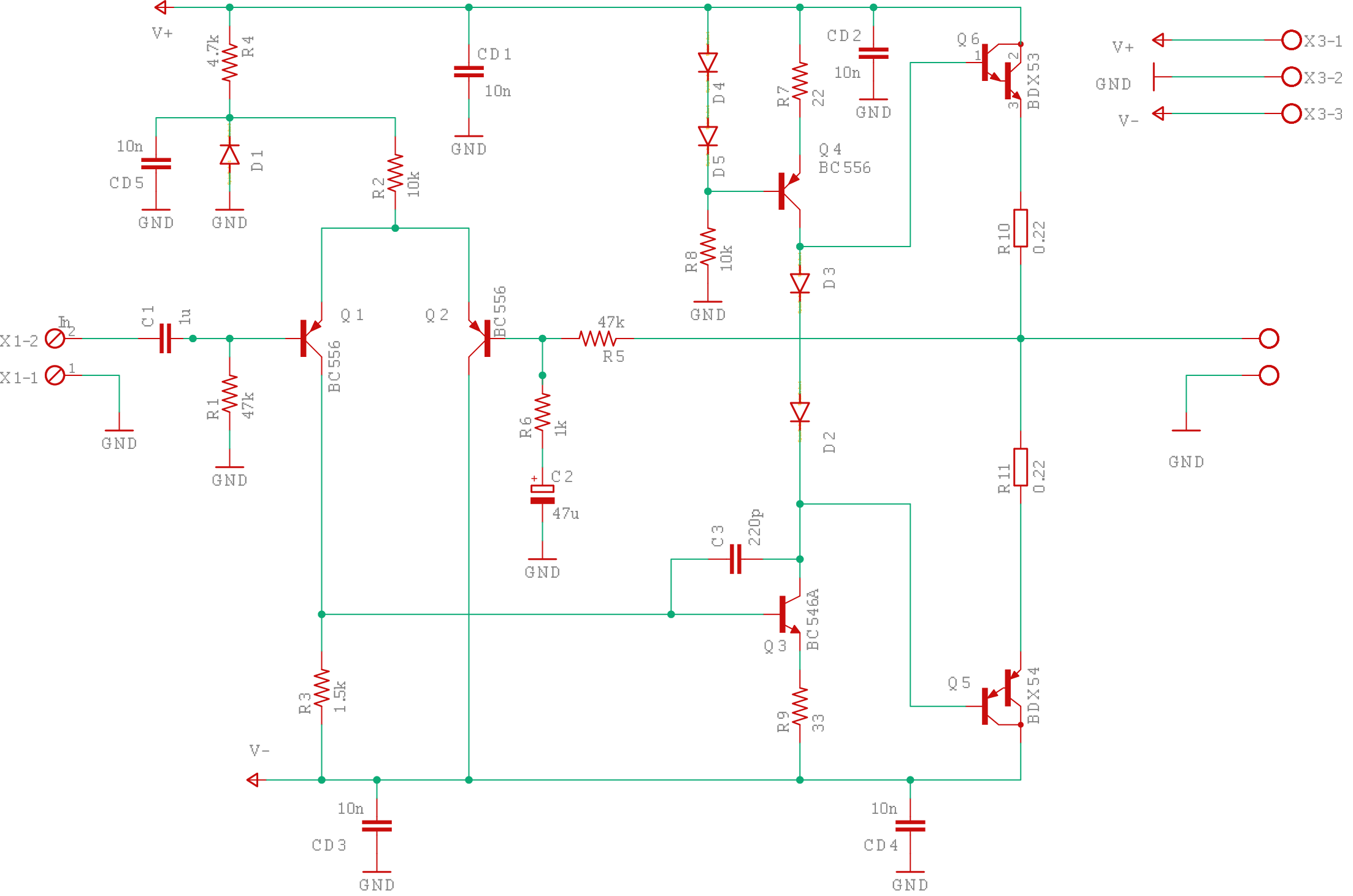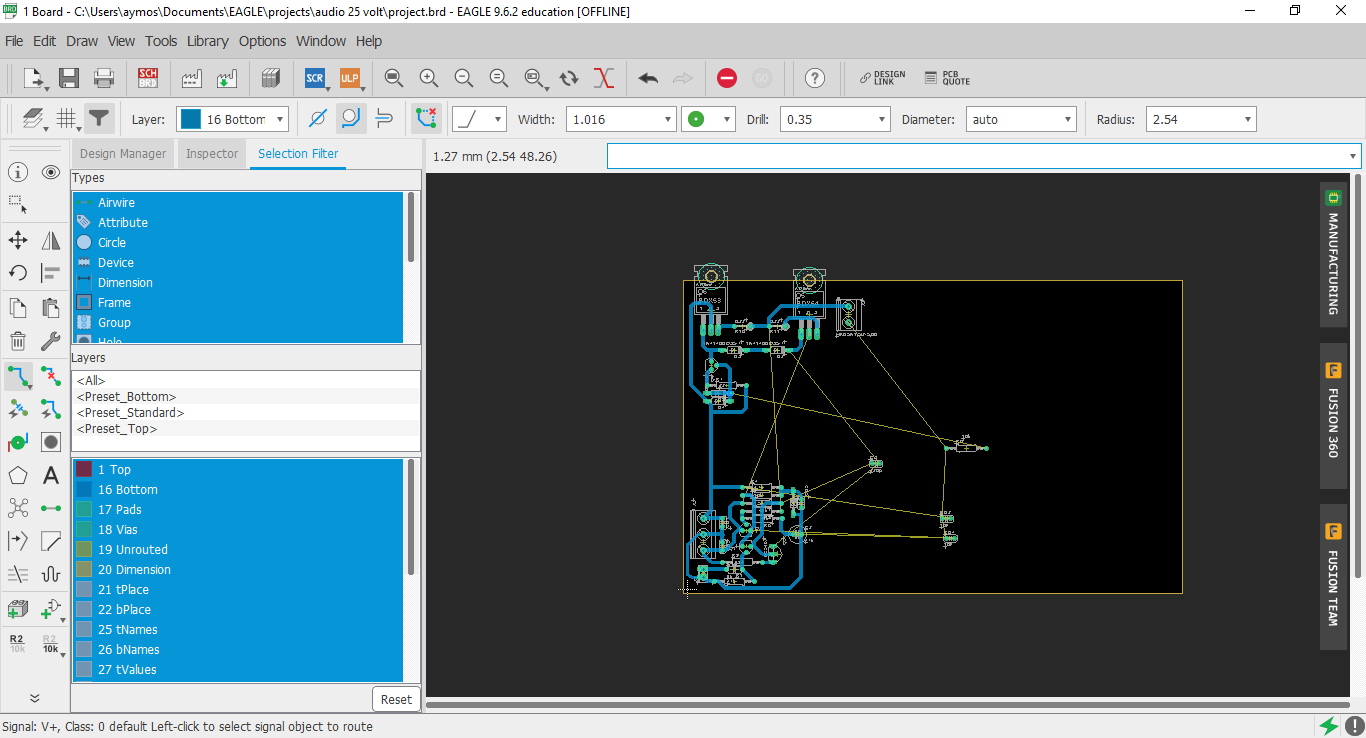I have engaged in discussions with a reputable Chinese manufacturer regarding the production of an amplifier kit. This comprehensive kit comprises a PCB board, essential components, and a heat sink. The primary concept is to offer this board for sale as a DIY (Do-It-Yourself) solution, empowering enthusiasts to assemble it themselves.
This amplifier board boasts impressive audio quality, making it an ideal proposition for audio enthusiasts and hobbyists alike. However, in order to achieve a lower production cost, the manufacturer requires a larger production quantity. This leads me to consider utilizing Kickstarter as a platform to gather interest and potential pre-orders for the kit. By presenting the amplifier kit on Kickstarter, I aim to gauge the level of interest and commitment from individuals who are keen to purchase the kit. This approach will not only help validate the demand but also ensure a smoother production process.
Your insights and suggestions on this approach would be greatly appreciated

 aymen
aymen




It's a good idea to have D2 and D3 thermally coupled to the output devices. That will improve the bias point stability over temperature. For best thermal tracking, consider using transistor base-emitter junctions for the diodes. Also, you might consider a small inductor in the output line, to help prevent oscillation in the case of a speaker that looks capacitive.
I like using an inverting topology for the amp so the feedback can be applied to the signal input instead of the "other" input. The way you have it presumes a symmetry for that diff pair which might be a bit optimistic.
Because of the increased power output available in a bridging configuration, the currents in the output stage will be much greater (that extra power has to come from somewhere), so make sure the power supply and heat sinks are up to the task.